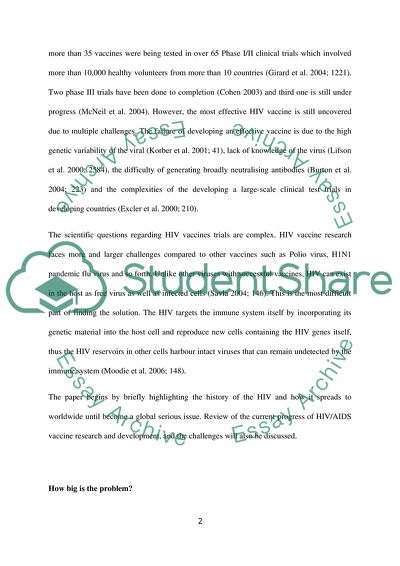Cite this document
(“The Global Transmission of HIV/AIDS and Challenges of Producing Research Paper”, n.d.)
The Global Transmission of HIV/AIDS and Challenges of Producing Research Paper. Retrieved from https://studentshare.org/health-sciences-medicine/1737950-global-issues-2-conference-paper
The Global Transmission of HIV/AIDS and Challenges of Producing Research Paper. Retrieved from https://studentshare.org/health-sciences-medicine/1737950-global-issues-2-conference-paper
(The Global Transmission of HIV/AIDS and Challenges of Producing Research Paper)
The Global Transmission of HIV/AIDS and Challenges of Producing Research Paper. https://studentshare.org/health-sciences-medicine/1737950-global-issues-2-conference-paper.
The Global Transmission of HIV/AIDS and Challenges of Producing Research Paper. https://studentshare.org/health-sciences-medicine/1737950-global-issues-2-conference-paper.
“The Global Transmission of HIV/AIDS and Challenges of Producing Research Paper”, n.d. https://studentshare.org/health-sciences-medicine/1737950-global-issues-2-conference-paper.


